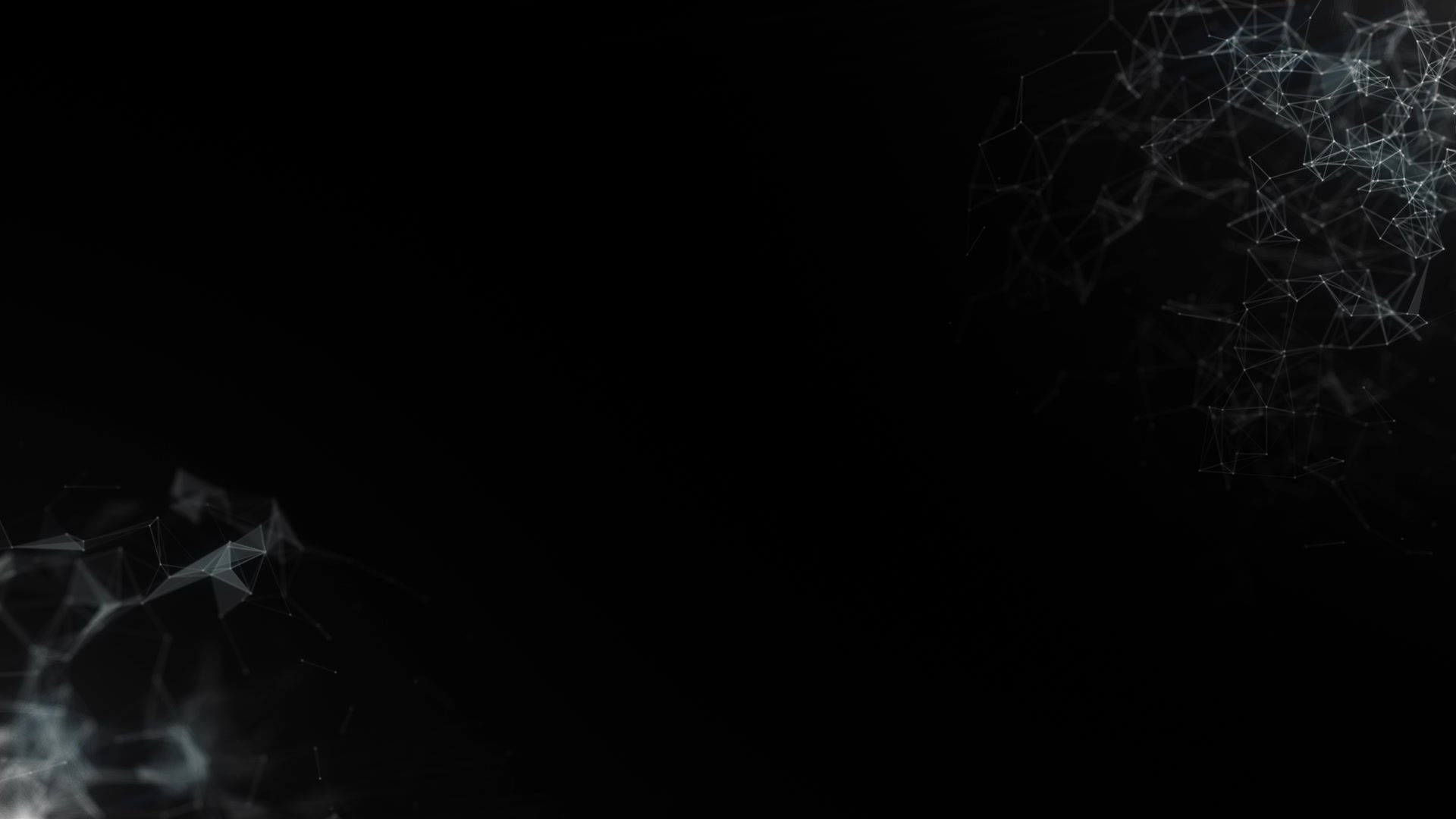

Why you should consider geography in your architecture and design
August 4, 2016
by Jill Sederstrom
Architecture and design goals for behavioral healthcare facilities typically have the same universal thread: create a space that is safe, calm and inviting for patients and their families. But, the way those goals are achieved can vary greatly based on where a project is located.
Geography is often a key factor in shaping the design of a behavioral healthcare facility and can influence design choices such as color, materials, lighting or structural elements of a building. A behavioral healthcare facility in a rainy suburb of Seattle may look nothing like a facility in a hot desert like Arizona.
Architects say design is influenced by the physical attributes of a location, like its climate, topography and site features, but is also influenced by the social attributes of an area as well, like its culture, industry, design style or history.
It’s important to honor and incorporate the physical and social aspects of a region into the design or remodel of a behavioral healthcare space, allowing the cues help to ground the patient and create a sense of authenticity.
“You want to try to keep it real because when you start to manipulate an environment in an artificial way, it reinforces a disconnect. And we’re trying to establish a connection with the patient,” says Rick Dahl, AIA, a principal at BWBR, an architecture firm with offices in St. Paul, Minnesota and Madison, WI.
While architects say every region has its own unique climate and culture, there are some trends more common in the North and others more likely in South.
Design trends in the North
1. Place an emphasis on lighting
Long winters are a regular part of life for residents in the upper half of the country, making proper lighting an essential aspect of design. Dahl says incorporating natural light whenever possible is important in northern regions of the country, but it might not always be enough. Artificial light may also be needed to supplement the natural light in a building.
At the Swedish Medical Center’s Inpatient Behavioral Health Unit near Seattle, ZGF Architects created a lighting solution in the common area and corridors of the facility designed to support a patient’s circadian rhythm—that is, the body’s natural sleep and wake response to night and daytime. The lighting quality changes throughout the day to mimic the color and intensity of the sun and can help combat the short days in the winter at the 22-bed facility.